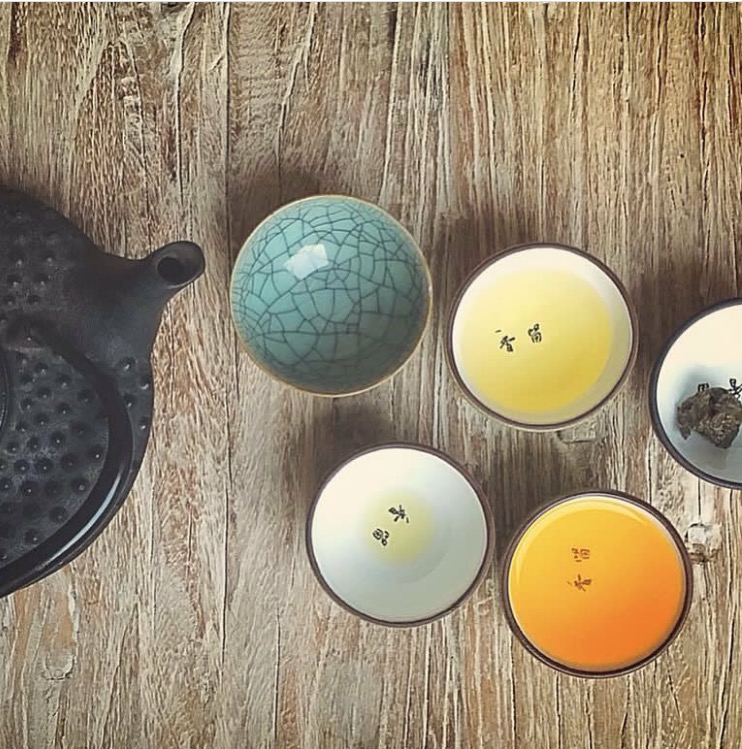In the holistic realm of Ayurveda, the practice of Abhyanga, or therapeutic oil massage, stands out as a profoundly rejuvenating and medicinal ritual. This ancient technique, deeply rooted in Ayurvedic traditions, transcends the boundaries of a mere relaxing experience, evolving into a powerful tool for enhancing long-term health. By tailoring the Abhyanga practice to address the unique imbalances of the Doshas—Vata, Pitta, and Kapha—this form of massage transforms into a deeply healing practice, promoting balance and well-being at the most fundamental levels.
Dosha-Specific Approaches to Abhyanga
For Vata Dosha: Individuals with a predominant Vata constitution benefit from the use of heavy, grounding oils such as Sesame or Almond. Essential oils like Jasmine, Lavender, and Sandalwood can further enhance the calming and grounding effects. Vata's dry, light, and cold qualities are best balanced with generous amounts of warm oil and smooth, slow massage strokes, providing the much-needed hydration and warmth.
For Pitta Dosha: Those who identify with Pitta's fiery nature should opt for cooling oils like Sunflower or Coconut. The inherent oiliness of Pitta skin means that oil should be applied in moderation, tailored to the individual's absorption rate. Essential oils such as Peppermint and Rose offer cooling benefits. Gentle strokes and a comfortable room temperature help soothe Pitta's sharp and hot tendencies.
For Kapha Dosha: Kapha constitutions respond well to warming and drying oils, with Safflower and Mustard oil being particularly effective. Essential oils like Eucalyptus and Sage can stimulate and revitalize Kapha's heavy and static nature. A stimulating massage with light oils, possibly incorporating exfoliation techniques such as Garshana, can invigorate Kapha and help combat lethargy.
Integrating Panchakarma for Enhanced Healing
The practice of Abhyanga plays a crucial role in Panchakarma, Ayurveda's comprehensive detoxification and rejuvenation protocol. By preparing the body with both internal and external oiling, Abhyanga sets the stage for the deeper cleansing actions of Panchakarma, helping to mobilize and eliminate Ama (toxins) from the body. This preparatory step is essential for the effective purification and balancing of the doshas, illustrating the interconnectedness of Ayurvedic practices in promoting holistic health.
Seasonal Considerations in Abhyanga
Recognizing the influence of seasonal changes on doshic balance is vital. For instance, the hot and sharp qualities of summer aggravate Pitta, necessitating a focus on cooler oils and essential oils. Autumn, with its dry and mobile qualities, calls for a Vata-pacifying approach with heavy and warming oils. Spring, marked by the melting of winter's accumulation, sees an increase in Kapha, making stimulating and warming Abhyanga practices particularly beneficial.
The Transformative Power of Abhyanga
Abhyanga is more than a massage; it's a ritual of self-care that nourishes the body, calms the mind, and soothes the soul. By understanding and applying the principles of Ayurveda to this practice, individuals can enjoy a deeply personalized healing experience that aligns with their intrinsic nature and the rhythms of the natural world. Whether performed at home or in a spa setting, Abhyanga offers a pathway to enhanced well-being, inviting us to explore the rich tapestry of Ayurvedic medicine and its profound insights into health and harmony.
Disclaimer
The sole purpose of these articles is to provide information about the tradition of Ayurveda. This information is not intended for use in the diagnosis, treatment, cure or prevention of any disease.






